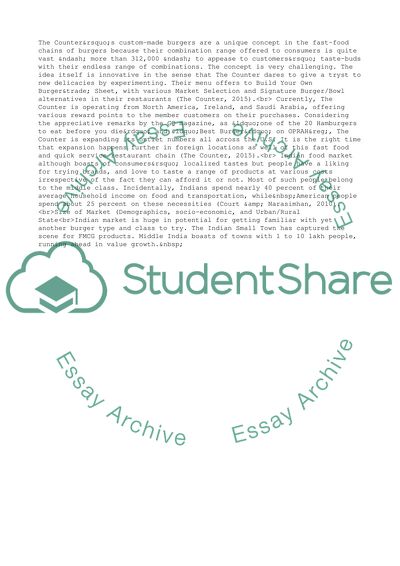Cite this document
(“International Business Project Essay Example | Topics and Well Written Essays - 1750 words”, n.d.)
International Business Project Essay Example | Topics and Well Written Essays - 1750 words. Retrieved from https://studentshare.org/business/1693910-international-business-project
International Business Project Essay Example | Topics and Well Written Essays - 1750 words. Retrieved from https://studentshare.org/business/1693910-international-business-project
(International Business Project Essay Example | Topics and Well Written Essays - 1750 Words)
International Business Project Essay Example | Topics and Well Written Essays - 1750 Words. https://studentshare.org/business/1693910-international-business-project.
International Business Project Essay Example | Topics and Well Written Essays - 1750 Words. https://studentshare.org/business/1693910-international-business-project.
“International Business Project Essay Example | Topics and Well Written Essays - 1750 Words”, n.d. https://studentshare.org/business/1693910-international-business-project.


